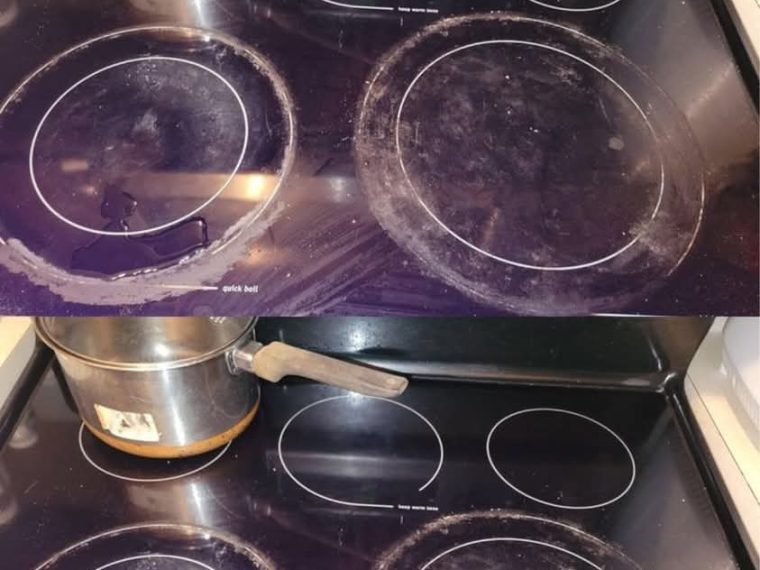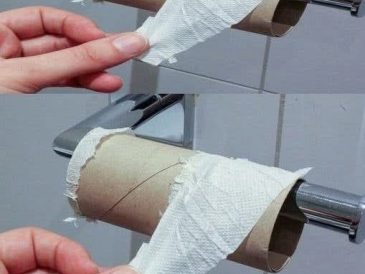A glass stovetop is sleek, modern, and a joy to cook on—until stubborn stains, burnt-on residue, and smudges make it look less than pristine. Cleaning your glass stovetop effectively doesn’t have to be a chore. With the right techniques and products, you can restore its shine and keep it looking brand new. Here’s how to make your glass stovetop clean again.
Why Your Glass Stovetop Needs Special Care
Glass stovetops are not only aesthetically pleasing but also highly functional. However, their smooth surface can be easily scratched or damaged if cleaned improperly. Residual food particles, grease, and mineral buildup can accumulate over time, making it harder to clean. Using harsh scrubbers or incorrect cleaning agents can lead to permanent damage.
What You’ll Need
Before diving into the cleaning process, gather the following items:
- Microfiber cloths or soft sponges
- Baking soda
- White vinegar
- Dish soap
- A razor scraper or plastic scraper (optional for burnt residue)
- Specialized stovetop cleaner (optional but effective)
- A spray bottle
Step-by-Step Cleaning Process
1. Cool Down the Stovetop
Ensure your stovetop is completely cool before starting to clean. Cleaning a hot surface can cause burns and may make cleaning agents evaporate too quickly.
2. Wipe Off Loose Debris
Use a damp microfiber cloth to wipe away crumbs, dust, and loose particles. This prevents scratching the surface during the deeper cleaning process.
3. Create a Cleaning Solution
Mix a few drops of dish soap with warm water in a small bowl. Alternatively, fill a spray bottle with equal parts white vinegar and water.
4. Apply Baking Soda
Sprinkle a thin layer of baking soda over any stubborn stains or burnt-on residue. The gentle abrasiveness of baking soda is ideal for scrubbing without scratching.
5. Use the Vinegar Spray
Spray the vinegar solution over the baking soda. This creates a foaming reaction that helps lift stains and break down grease. Let it sit for 10-15 minutes.
6. Gently Scrub the Surface
Use a soft, damp cloth or sponge to gently scrub the stovetop in circular motions. For tougher spots, use a plastic scraper or razor blade held at a 45-degree angle to remove stuck-on residue carefully.
7. Rinse and Wipe Clean
Dampen a clean microfiber cloth with warm water and wipe away any remaining residue. Be thorough to avoid leaving streaks.
8. Polish the Surface
Dry the stovetop with a separate microfiber cloth. For added shine, you can apply a small amount of stovetop cleaner or white vinegar and buff with the cloth.
Common Mistakes to Avoid
- Using Abrasive Materials: Steel wool, scouring pads, or hard brushes can scratch the glass.
- Skipping Regular Cleaning: Allowing grease and residue to build up makes cleaning harder over time.
- Using Harsh Chemicals: Ammonia, bleach, or other harsh cleaners can damage the surface. Stick to gentle or natural alternatives.
How to Prevent Future Stains
- Wipe Spills Immediately: Clean up spills as soon as the stovetop cools to prevent stains from hardening.
- Use the Right Cookware: Avoid pots and pans with rough bottoms that could scratch the surface.
- Weekly Maintenance: Give your stovetop a quick clean at least once a week, even if it looks clean.
- Avoid Overheating: Prevent scorching by using the appropriate heat settings for your cookware.
DIY or Store-Bought Cleaners: Which is Better?
While DIY solutions like baking soda and vinegar are effective and eco-friendly, specialized stovetop cleaners offer extra convenience and protection. These products are specifically designed to cut through grease without damaging glass surfaces.
Conclusion
Cleaning your glass stovetop doesn’t have to be a dreaded task. With the right techniques and materials, you can make it sparkle again and keep it looking new for years to come. By incorporating these tips into your regular cleaning routine, you’ll ensure that your stovetop remains the centerpiece of your kitchen.





